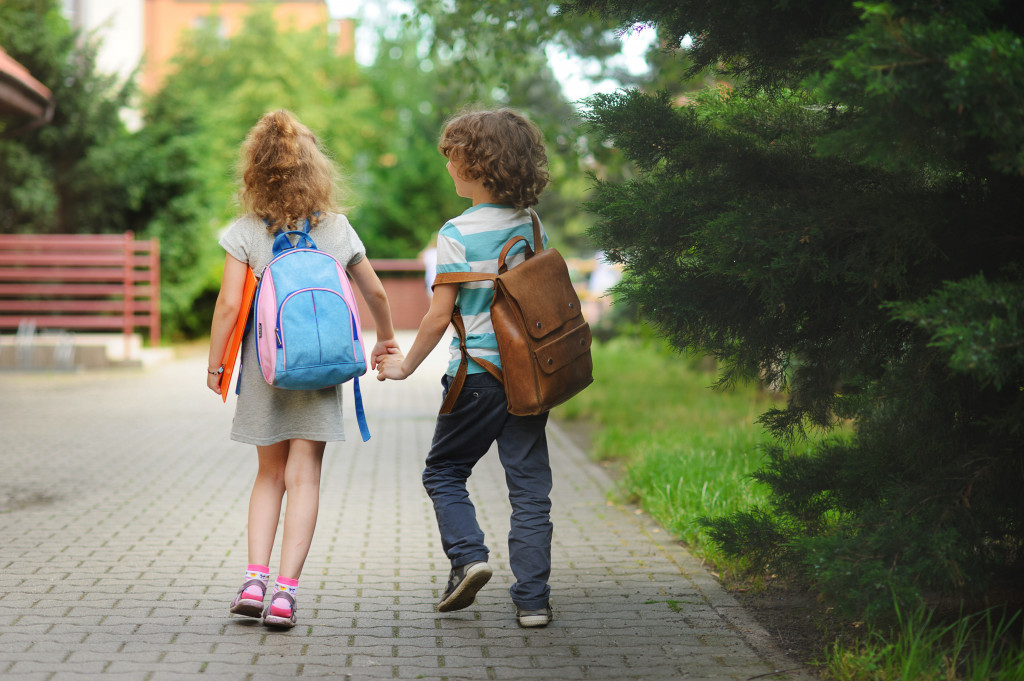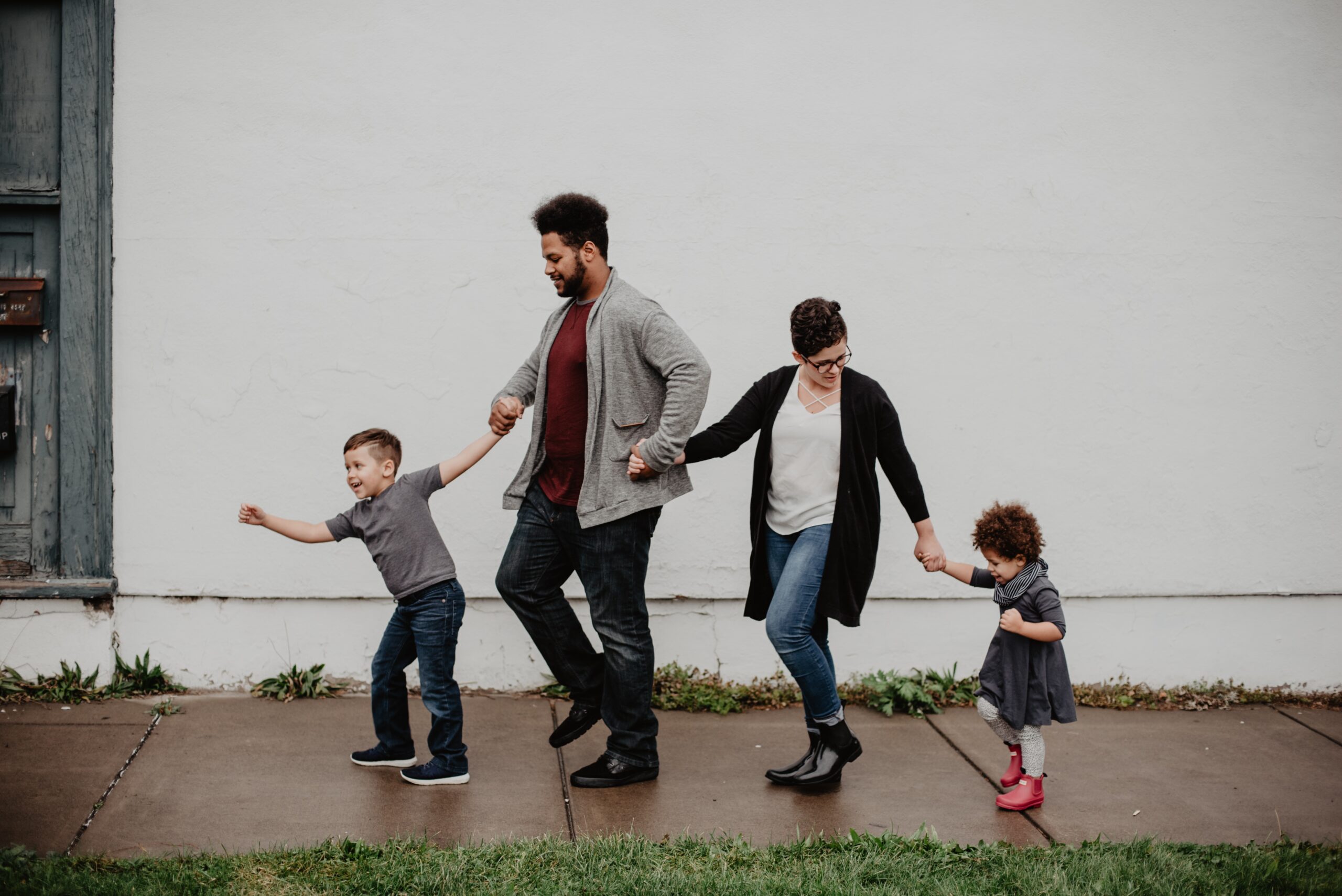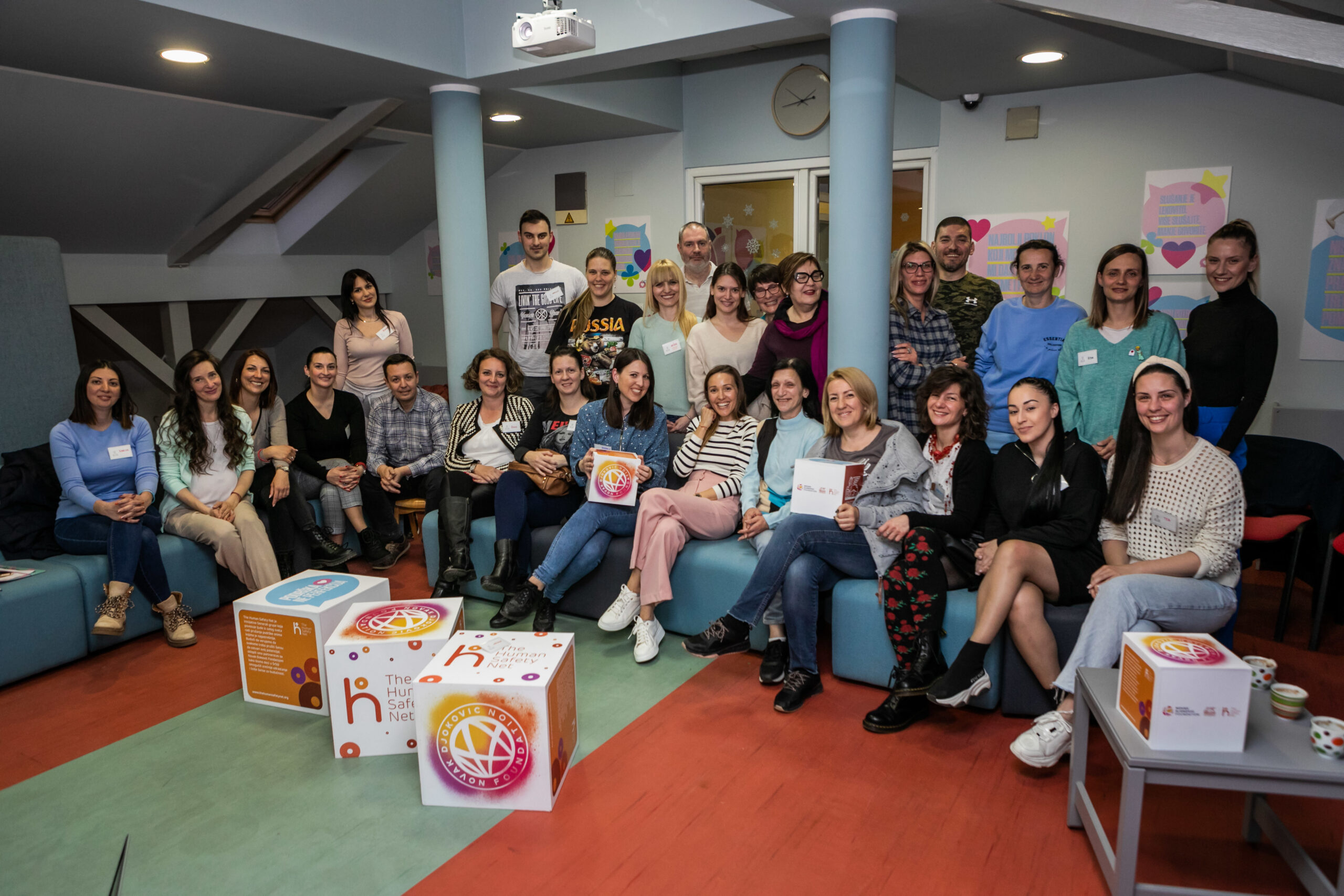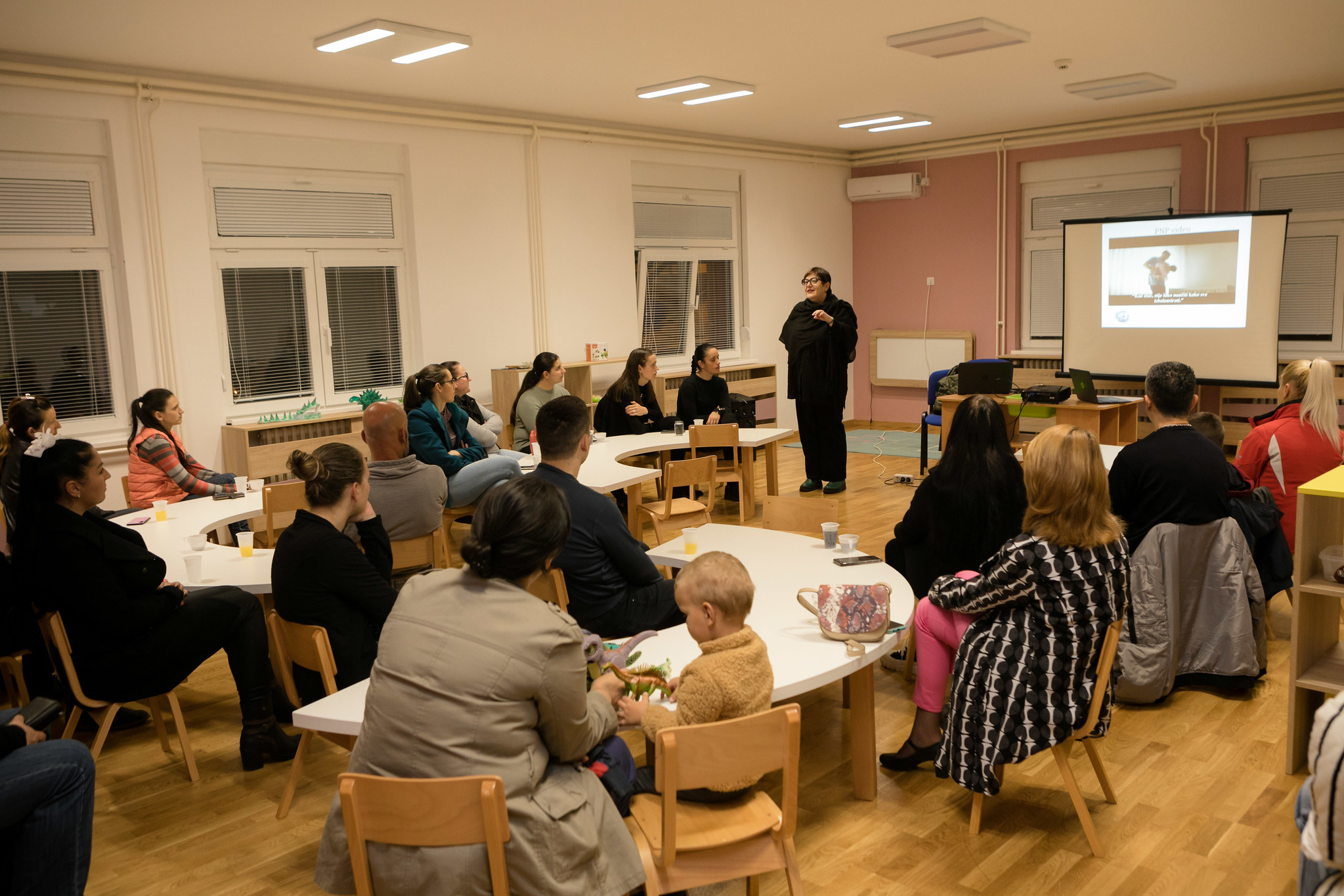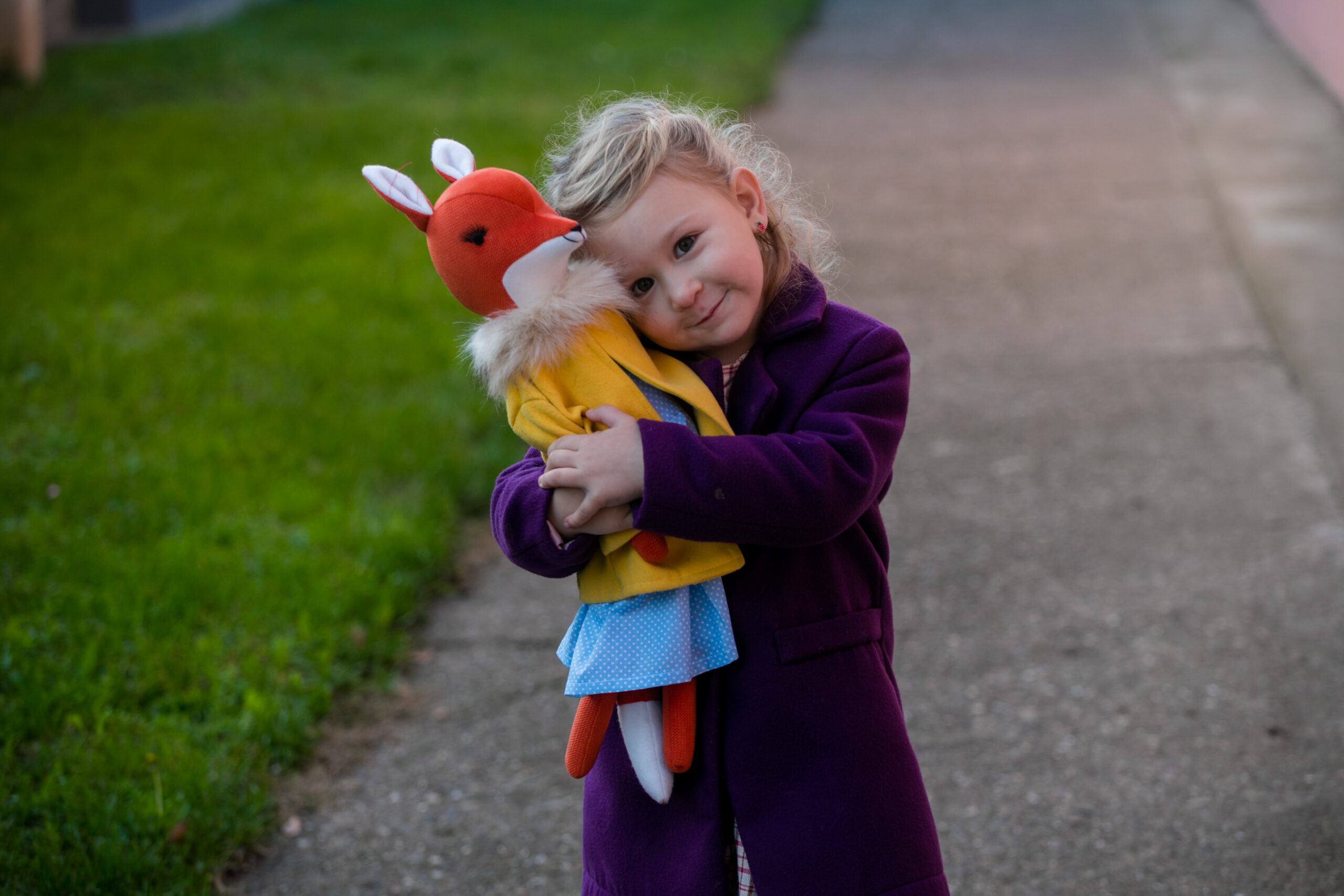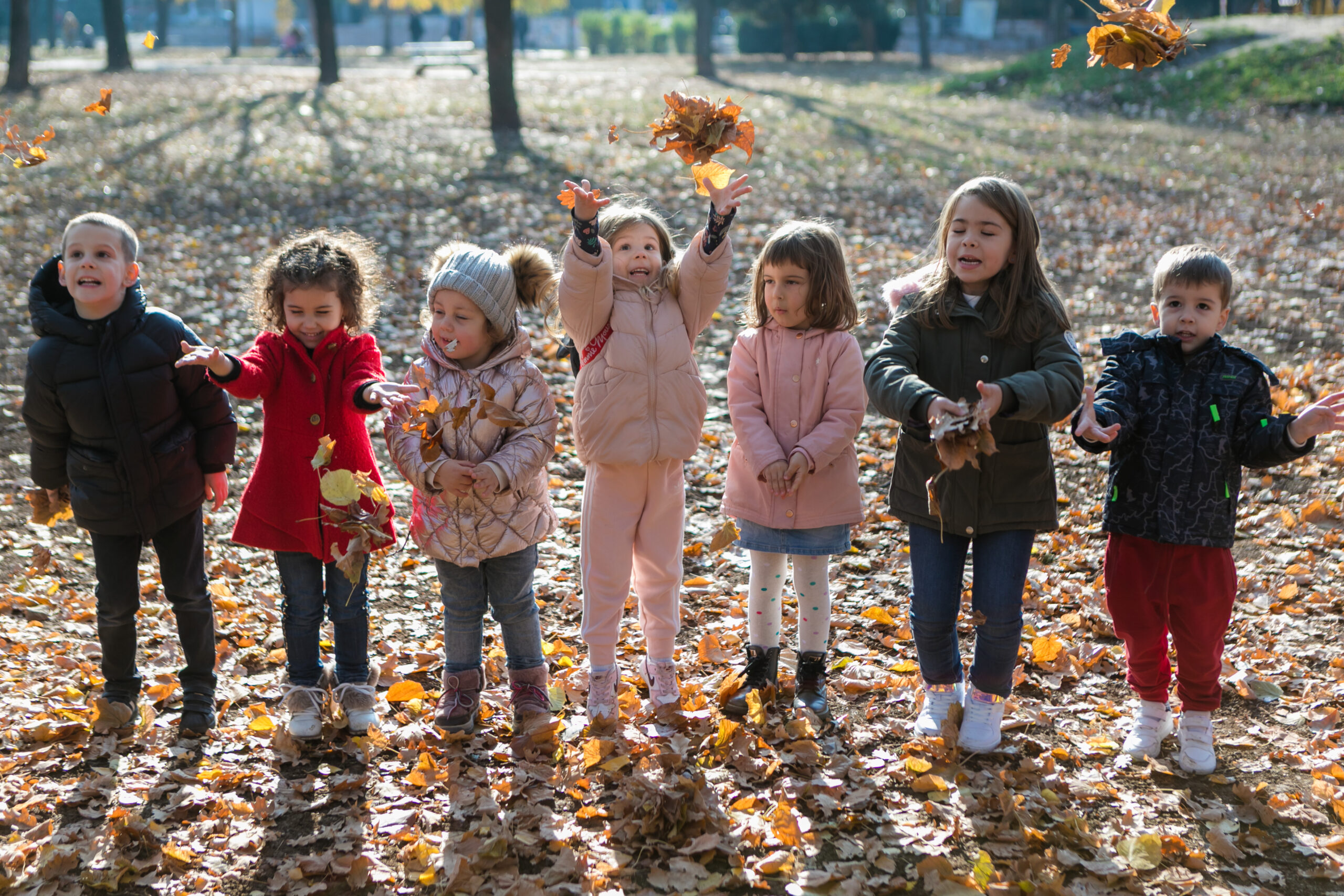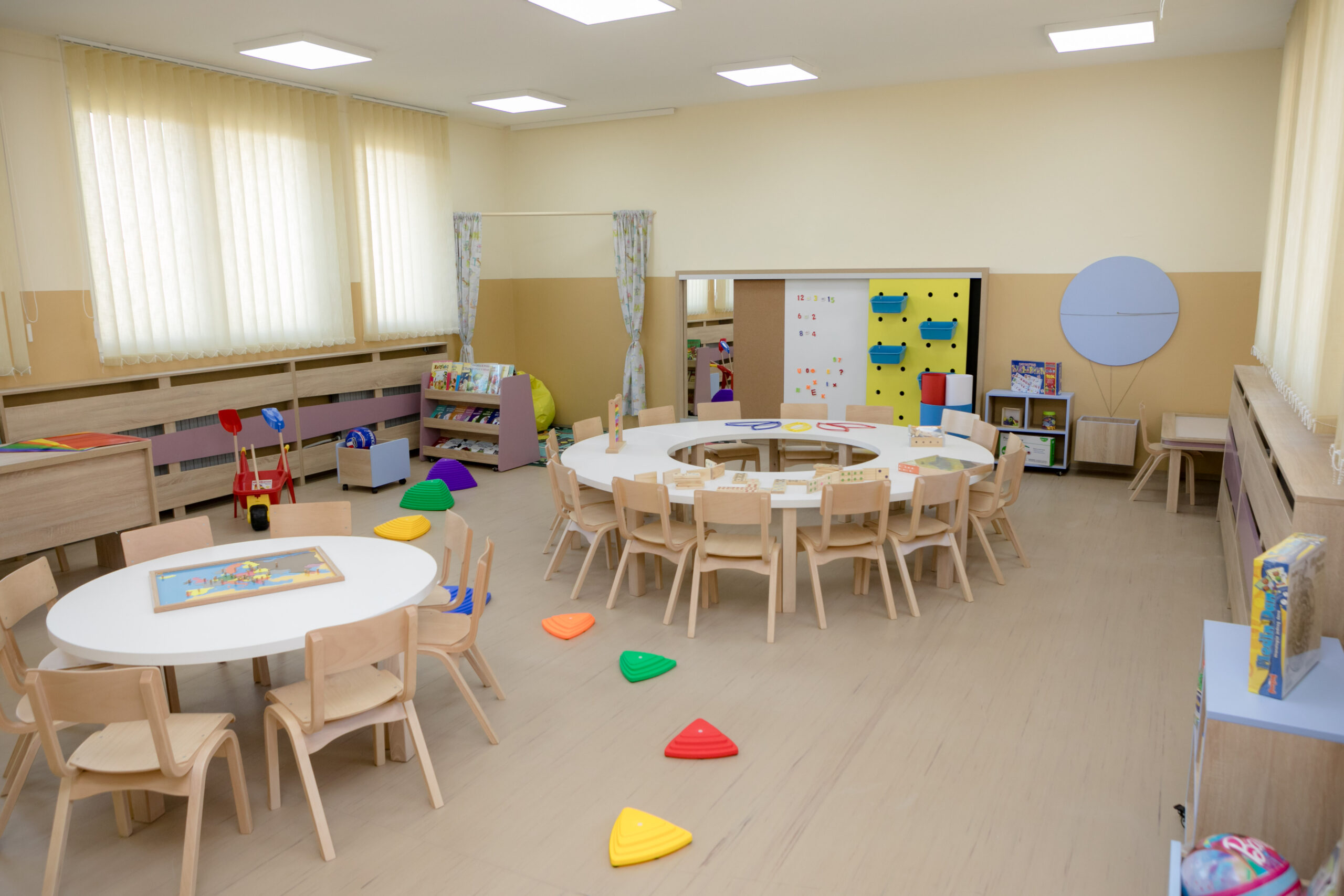The end of the summer season is just around the corner and the start of the school year is just a few weeks ahead. Parents and children will start running around frantically very soon, shopping for school supplies, cleaning up their houses, building their schedules, and adjusting their mindsets to the idea of the beginning school year.
Some children have the natural tendency to accept the changes fast, adapt to them and jump with excitement to do their homework. While other children tend to become more expressive, feel different sets of emotions and dread the idea of doing their homework. The various emotions cannot be escaped – both parents and children should be aware of them. Only then can these emotions be overcome and coped within the proper manner.
Here are five ways to deal with the transition from the summer season to the beginning of the school year like an expert.
1. Understand your emotions as a parent first and then understand your children’s emotions.
As a parent, you probably have a million worries – from doing those everyday chores to handling work-related stress to making sure that your kid is happy and healthy. Those worries are so natural that everyone has run into them at some point or another. And, usually these worries spike up right before the start of the school year and you have a fear that they will materialize themselves. Anytime you feel tension weighing on your shoulders, take ten deep breaths, stretch it out, laugh it off and remind yourself that in the grand scheme of life this is just one single worry which does not even matter.
The same rule applies to your children. Whenever you see them tense, take ten deep breaths together, remember that they are a separate individual from you and allow yourself to understand their emotions. One of the healthiest ways to handle those emotions is through physical activity – go for a walk in nature, practice a sport, or go to the playground. Another healthy way to handle negative emotions is through creativity – build a Lego, put together a puzzle, or draw. The possibilities are never-ending – the idea is to turn negativity into positivity as soon as possible and bond with your children over some fun activities which will eventually relieve stress for both parties.
2. Set up healthy eating habits.
I believe that this is one of the essential secrets to anyone’s success. Before the school year starts, you can make a meal planner. I have personally created my own and now bring a hard copy anytime I go grocery shopping. Introducing structure and order into my schedule makes me feel in control and helps me stick to my healthy habits. If you don’t have the time to create your own meal planner, you can use the many resources online. If you tend to forget a lot, just like me, this might turn out to be a helpful tool to save time and be more mindful when shopping for groceries.
Moreover, even though I am not in the position of a nutritionist, I have realized the importance of nourishing our bodies with wholesome and delicious foods. The only advice I can give is to observe your children’s behavior depending on the foods you have introduced into their diets. If you notice that they become more anxious or moody, adjust accordingly and try to get to the root cause. To do so, you can research some books on nutrition and before purchasing any book, make sure to read the book reviews and familiarize yourself with the expertise of the author. If you are someone, who has a limited amount of time, you can try out the Audible application which offers audiobooks. You can listen to the audiobook on your way to work, before bed or on any other occasion when you have downtime.
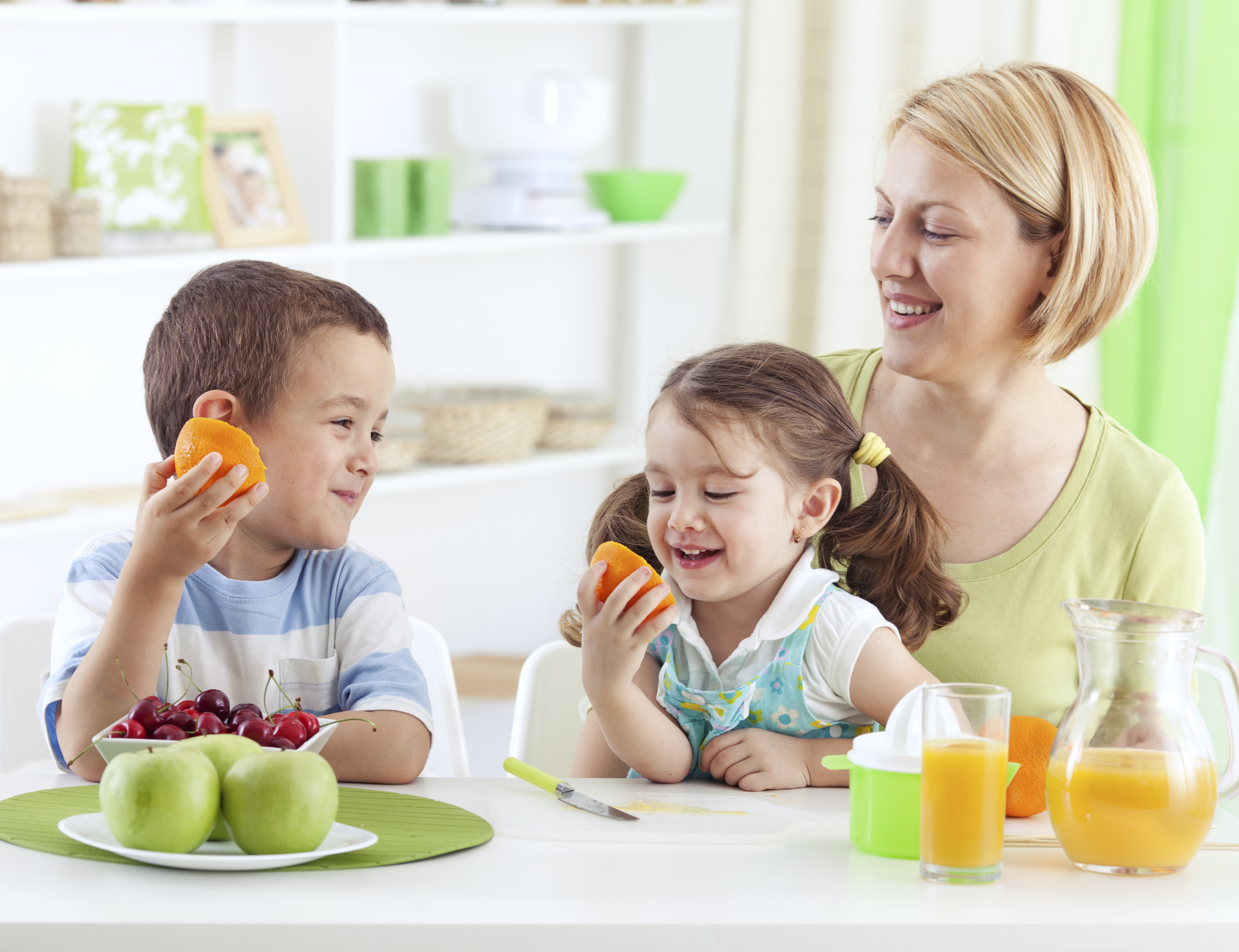
Make a meal plan before the new school year starts. Copyright: DeeMPhotography
3. Set up a healthy bedtime schedule.
Picture this: ‘You hurry up from your way back to work and pick up your child from school. The minute you enter your home, you are overwhelmed by your tasks at hand. You have to clean up your child’s room – toys are everywhere and you again step on yet another Lego toy. You are ready to scream. When you go into the living room, your kid has made just another mess and you have to clean up again. By the time you look at the clock, it is already 6 p.m. and you still haven’t started preparing dinner. By the time dinner is ready, you have realized that going to bed early is a mirage.’
I am familiar with setting up a plan to go early to bed and not following through with it, or distracting myself with thoughts and ideas because there is always so much to be done or created. In the end, this unconscious movement leads to stress and tires the body.
Children need an additional amount of sleep to prepare their bodies to handle the stresses of the new school year.
Instead of aiming to make the change of a healthy bedtime schedule all at once, you can introduce little changes every week. For example, you can aim for your children to go to bed twenty minutes earlier every week until you reach your target bedtime schedule so that children’s bodies will adjust in a healthy manner. To make the transition of going to bed easier, you can play some calming music and talk it through with your children. Instead of reading bedtime stories, you can use the Calm application which offers audio bedtime stories.
4. Introduce consciousness into your children’s routines.
I believe that everyone loses their purpose from time to time at certain moments in our lives. We often drift through our lives searching for some type of outside validation, accomplishment, and support not realizing that all of this is an inside job. Our routines make us forget to see the big picture. To gain our way back and bring purpose to our being, we need an anchor and a ‘why’ question. When we ask ourselves why we are going after a particular goal, we need to answer promptly why we want to accomplish this goal. And, if we don’t have a prompt answer, then this is most likely not our path to follow.
Being conscious of ourselves, our surroundings and others helps us notice the ‘why’ and wake up every day with a positive mindset that our ‘why’ will come to life. Parents are those anchors who always help us come back to our ‘why’ and guide us to the path we are meant to follow. To bring consciousness to your children’s routines, you can create an accomplishment list of which both you and your children are proud. You can attach it to the fridge and add onto it as the school year unfolds.
You can also praise your children for their smallest victories – small victories do count and matter.
Additionally, creating a vision board of past accomplishments and future goals will enable you and your children to bond and remember that you are on the same team. You can ask your children why they are passionate about a particular activity or school subject, and write it down on the vision board so that they can look at it and remind themselves why they have started out in the first place. Children can further list out their goals related to the activity and/or subject to remind themselves of the direction they are headed in when they get off course.

Some children have the natural tendency to accept the changes fast, adapt to them and jump with excitement to do their homework. While other children tend to become more expressive, feel different sets of emotions and dread the idea of doing their homework. Copyright: Syda Productions
5. Stock up with creative school supplies.
Our surroundings feed our senses and cultivate our creativity. The sight of a beautiful sunrise or sunset, the sound of the singing birds in the morning, the touch of a butterfly landing on our hands, or the smell and taste of a homemade delicious meal allow us to find gratitude and spark our creativity to accomplish our goals. Those seemingly small details of our surroundings, which we often pass by hurrying up for somewhere else, make up the different colors in our lives. Life is so much more than black and white, or right and wrong – life is a mixture of all of the colors.
To remind children of this fact, parents can stock up with some cool and creative supplies, such as Shakespeare soliloquy pencils, solar system erasers, floral and logo notebooks, and wood journals. Another idea is to prepare an activity board following the Montessori Method of Education. The activity board can include the alphabet, a calculator, musical instruments, fidgets, and a mini whiteboard. Creating the activity board in and of itself will be a challenge but it will also show children how to build something from the zero, or else you can purchase it.
Once you accept your children’s basic nature, you can contour your style to meet their temperament. To do so means letting go of your fantasies of yourself as a certain kind of parent and instead of evolving into the parent you need to be for the particular child in front of you. – Shefali Tsabary
This quote from Shefali Tsabary’s ‘The Conscious Parent’ book reminds us that we need to accept our children and their emotions. We need to remember not to criticize and tell them off before attempting to see through their eyes. We are all grown-up children who also find it difficult to let go but we need to remind ourselves and our children that there is a song for everything. Introducing consciousness, support, and love into our daily routines can make for a more peaceful and joyful world. There is no better time to start fresh than in the new school year.
About the author: Christina Lalova was born in Bulgaria and moved to the United States six years ago. She graduated from Drexel University with a bachelor’s degree majoring in Finance and Accounting. She is currently pursuing a Ph.D. in Finance at the University of Connecticut. Her professional interests are in the areas of environmental finance, ethical investing, education and development economics. Her hobbies include cooking and tennis.

